Ever heard the name, “Albert Einstein – Man Behind Black Holes”. Well, who doesn’t know Albert Einstein? I mean even a non-science student does know this name. But the matter of fact is that just knowing a name is not enough. A person’s deed should be known too.
Albert Einstein is perhaps the greatest scientist of the 20th century. His works in the field of physics exceed all the other pioneers of theoretical science. Simply speaking, the whole of modern physics is solely based on the work of Albert Einstein i.e Special Relativity and General Relativity.
Don’t get me wrong. Well, there are some other bases too that contribute to the formulation of Modern Physics. But Einstein’s thesis in the world of physics is beyond comparison. Out of all his developments; his predictions of the existence of Black Holes were rare and unique.
In this article – I will try to present a brief introduction to black holes. Well, the black holes of the universe are itself a mystery to be solved. I mean we still don’t understand a whole lot about them. Still, I will try to go through every aspect of Black holes. So just bear with me. Are you ready? Lets shoot…
What is a Black Hole?

As I said in the introductory paragraph, Albert Einstein predicted black holes in his Field Equations of general relativity. In fact, black holes in space are one of the most peculiar and mysterious objects of our observable universe.
Black holes are a portion of space where gravitational forces are at their maximum. In other words – black holes – a Cosmic body where the gravity is so intense that nothing, not even light can escape.
Must Read: Top 6 Obsolete cosmological Theories Of The Universe
Black holes of the universe are the perfect example of an ideal black body. In fact, all the known laws of physics break down at black holes. The region from which nothing can escape is called Event Horizon.
Ahh, don’t be baffled. I will tell you in detail about the event horizon in the later section. I mean, here I just wanted you to know a little bit about it. As of now, you understood that what are black holes.
The next question you should be asking like ahhmm – how are black holes formed. Or, how are black holes made? Let’s get to know about it in the next section.
How Are Black Holes Formed?
Frankly speaking, the formation of black holes is a vast topic to be discussed. Well, prior to the 1960s, the evolution or formation of black holes was thought to be merely a mathematical exaggeration of general relativity.
I mean, Even Einstein himself was in denial that whether a black hole would or would not form. The discovery of Neutron stars paved the way for the realization of the fact that black holes could form in reality. A neutron star is a stellar object that basically forms due to the gravitational collapse of a giant star.
Although, there are many theoretical definitions for the formation of black holes. Yet, the most common and conventional one is the gravitational collapse of the stellar object under its own gravity.
Death Of A Star
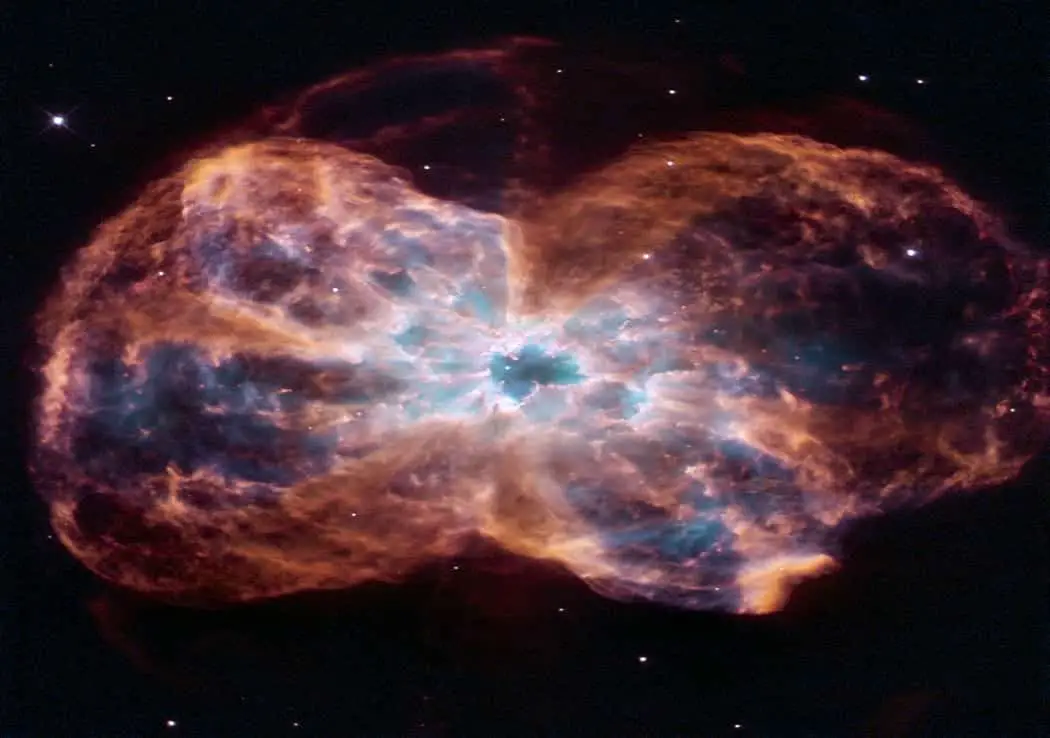
Now things are about to go messy. So just stick with me. The fundamental principle for the formation of black holes lies in the core of a Giant star. When the core of a star (a giant one) runs out of its fuel, it collapses under its own gravity. Therefore, causing the birth of a black hole.
Well, why black holes, not Neutron stars, or even a white dwarf? I mean they all come into existence due to the gravitational collapse of a stellar object or simply a star.
The answer to the above dilemma lies in the vicinity of the mass of the collapsing star. In other words, how massive a collapsing star is, determines whether it would give birth to a black hole or neutron star.
Formation of Black Holes
If the core of the collapsing star is about three times the mass of the sun – a black hole will form. On the other hand, if the core of a star is less than three times the mass of the sun – a neutron star will form. That’s the funda. In the world of astrophysics; this mass limiting formula is widely known as the Tolman-Oppenheimer-Volkoff limit.
Ahem, as I said earlier, there are White dwarfs too. But I don’t want to go there now. You can read this article to gain more insight into white dwarfs. Plus I will give a small briefing about it in the later section when I will discuss the Chandrasekhar limit.
As I am presenting a brief introduction to black holes. Then how come I won’t let you go through some historical aspects of Black holes. Let’s talk about some historical facts about black holes.
History Of Black Holes
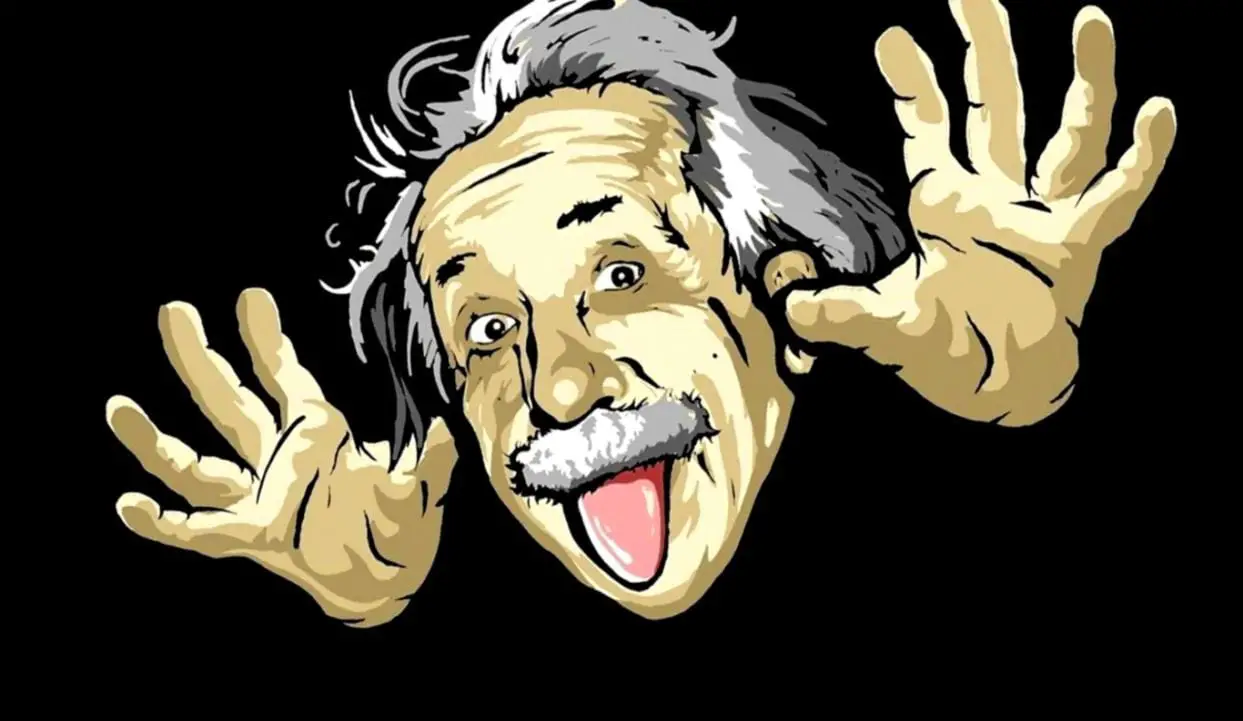
So till now, you know that what is a black hole and how are black holes formed. But the important information about black holes I am about to share with you is that long before Einstein’s General Relativity; some astronomers predicted the existence of black holes.
With this in mind, in order to give you a perfect picture of the history of black holes. I would be bifurcating it into two subcategories. Let’s see how it goes.
Black Holes before General Relativity
Well, the hypothesis that a stellar object so massive that nothing, not even light can escape existed long before the emergence of general relativity. This controversial idea was proposed by an English astronomer and natural philosopher John Michell.
In the year 1784, he proposed that a stellar object 500 times mightier than the radius of the sun could form a black hole. A dark hole whose escape velocity at its surface would be higher than the speed of light.
Ohh, there I go wrong. Let me correct myself. To clarify, at that time that mighty stellar object was dubbed as “dark star” rather than its usual name i.e a black hole.
But this controversial theory about black holes could not reach its zenith. WHY? Because at that time Newton’s Corpuscular Theory Of Light was waning due to the emergence of the critically acclaimed wave theory of light.
Therefore, the whole scientific community had to wait until the inception of the general theory of relativity.
Black Holes after General Relativity
In the year 1915, the whole scientific world was baffled after the publication of the general theory of relativity. Einstein’s field equations predicted the existence of a black hole but none of them knew how.
A few months later, German physicist and astronomer Karl Schwarzschild presented the first-ever exact solution to the field equation of general relativity.
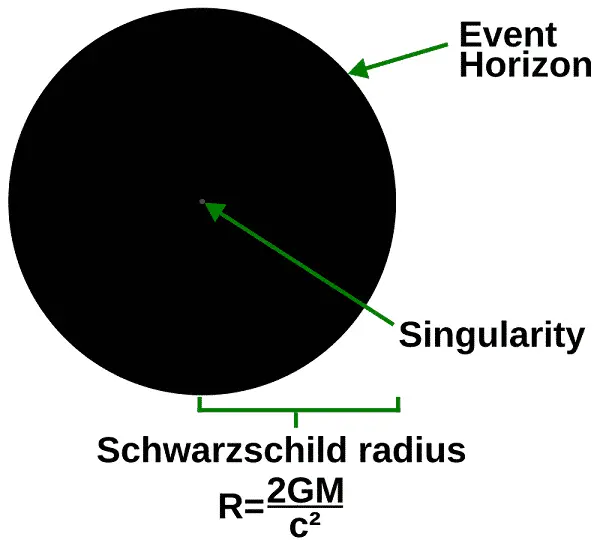
His mathematics of black holes for spherical or point mass demonstrated that at some definite radius (now known as Schwarzschild Radius), the denominator of a certain term (that explicitly comes in einstein’s field equation) will become zero.
In other words, at Schwarzschild Radius – nothing, not even light can escape from the black hole. The surface radius of the black hole is also known as the Event Horizon. His mathematical thesis is now known as Schwarzchild Metric.
In fact, the Schwarzchild radius is applicable to all types of black holes. Simply because all black holes whether it is rotating or non rotating are spherical in shape.
where,
rs = Schwarzchild Radius
G = Gravitational constant
M = Mass of an object
C = speed of the light
Types of Black Holes
Now is the perfect time that I should shed some light on the different types of black holes. Well as per consensus, there are generally three types of black holes.
But just to make it more interesting, here I will give a brief introduction to four types of black holes. I will explain each one of them in ascending order. Ahh, one more thing I would like to clarify here, that in this article; I haven’t induced quantum theory of black holes.
Otherwise, there would be so many other types of Quantum Black Holes too. For example – Micro Black Holes, or Miniature Black Holes, etc.
Primordial Black Holes
Primordial black holes are generally classified as hypothetical black holes. Simply because to date, they haven’t been seen or detected like all the other types of black holes. Their first proposed existence was given by two soviet (now Russia) physicists and cosmologists Yakov Borisovich Zel’dovich and Igor Dmitriyevich Novikov in 1966.
Related: Now Scientists Says Planet Nine Could Be Primordial Black Hole
According to their theoretical prediction, these types of black holes could have been formed just after the Big Bang. During the early epoch of the universe, the density of the universe was quite high which could have led to the formation of Primordial black holes.
In fact, they are also regarded as the prime suspect for the existence of dark matter. Since they are the only type of black holes that did not form due to the gravitational collapse of stellar mass. That’s why there their mass is believed to be far less than the next in number i.e Stellar Black Holes.
Stellar Black Holes
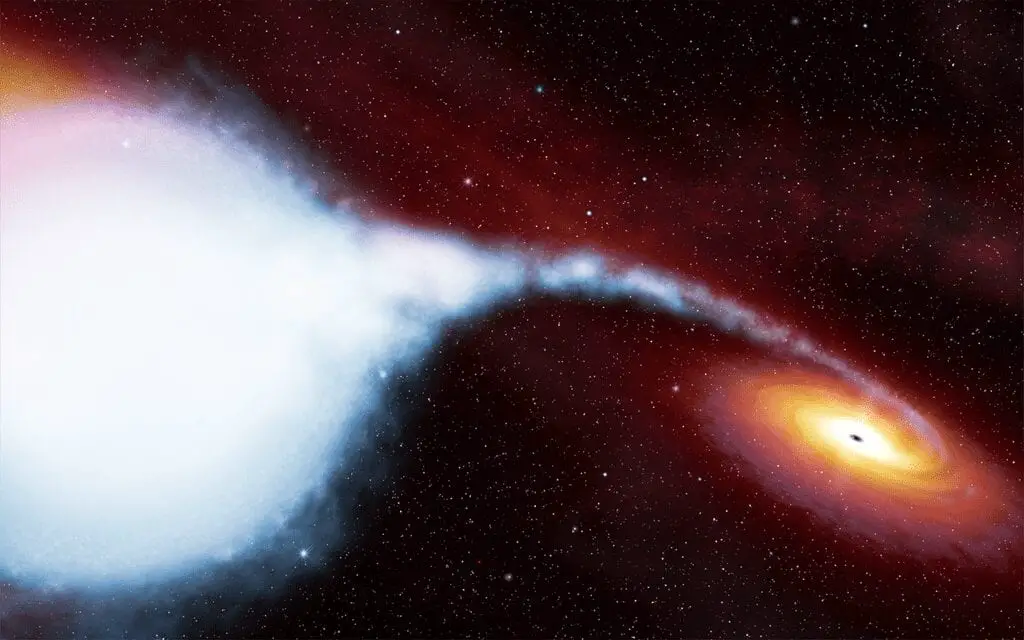
Whatever I explained in the above section titled – How are black holes formed was solely related to the formation of stellar black holes. In fact, only stellar black holes are formed due to the gravitational collapse of a massive star.
I think you got stumped here. But don’t be bothered. You will get to know things when I will go to the next types of black holes.
Intermediate Black Holes
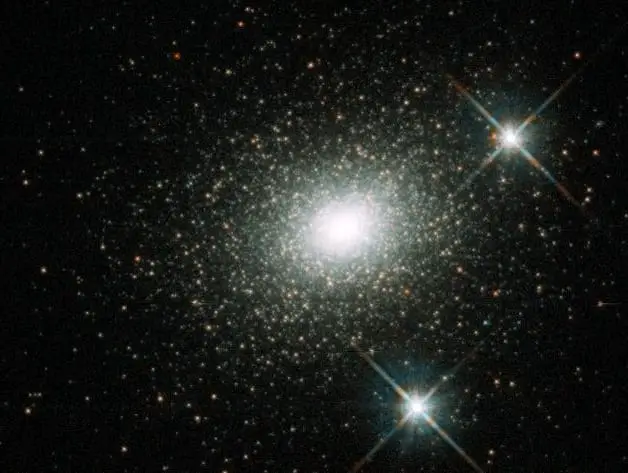
You can think like intermediate black holes are like the elder brother of stellar black holes. In fact, when more than one stellar black hole collides – intermediate black holes are formed.
In other words, these kinds of black holes are too massive to be formed by just a single giant star. That’s why I called them the elder brother of stellar black holes.
Related: Our Sun Will Never Become A Black Hole: WHY?
To clarify, the prediction of intermediate black holes can also be seen in the mathematical expression of Einstein’s field equations. Their mass is estimated to be in the range of 102-105 solar masses.
Supermassive Black Holes
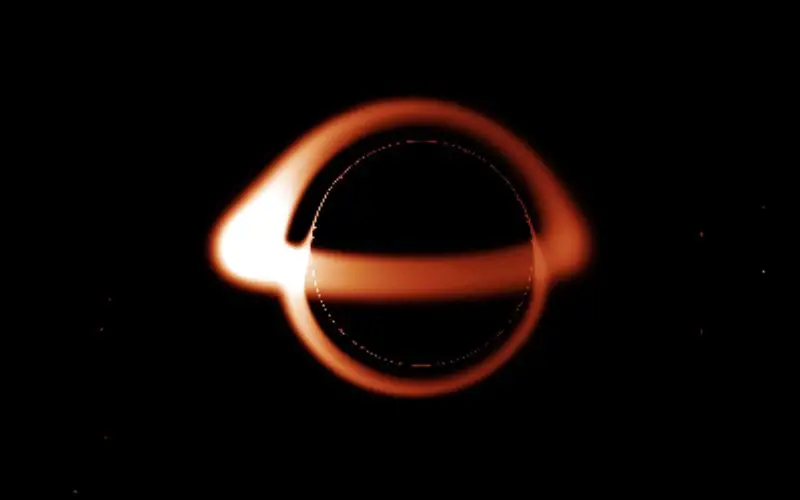
The last but not the least one is the supermassive black holes. If you go by the ascending order then supermassive black holes are like the eldest brother among the black hole family.
I think that now you can relate that how do supermassive black holes form? Their formation principle is the same as the intermediate black holes. Just the number of merging stellar objects or stellar black holes increases exponentially.
Highly Recommended: Astronomers Detect Black Hole and Neutron Star merger: First of its Kind
One of the most interesting supermassive black holes facts is that their size can grow enormously by sucking the clusters of gas or stars from outer space.
For this reason, their mass could be in the range of billions of solar masses. But for approximation, they are estimated to be in the range of 105-109 solar masses.
If I talk about the evidence of Supermassive black holes – there is a supermassive black hole residing at the center of our milky way galaxy. On the other hand, if we go by the consensus, each galaxy has a supermassive black hole residing at its center.
Summary
The biggest of all is undoubtedly the supermassive black holes ranging from 105-109 solar masses. After that comes the intermediate-mass black holes ranging from 102-105 solar masses. Then comes our true black holes i.e stellar black holes that actually form due to the gravitational collapse of stellar objects.
Its mass limiting range is widely known as the Tolman-Oppenheimer-Volkoff limit i.e around 2 to 3 times solar masses. Before them is a neutron star – which ranges from just below the Tolman-Oppenheimer-Volkoff limit to the Chandrasekhar limit.
And, what we get at Chandrasekhar limit is a White Dwarf star. The Chandrasekhar limit is the maximum mass that a stable White Dwarf can have. The Chandrasekhar limit is calculated to be exactly 1.4 solar mass. Maybe you would have noticed that in my concluding remarks I skipped primordial black holes. Simply because it’s a hypothetical one.
Well, as if you ask my personal opinion about black holes. I would say that until the time we don’t understand them properly, for me; they are just like a mirage seen in the lone desert. Well, here is my question for you. Are black holes real or just a mirage in deep space. What do you think?
Editor’s Choice: Physicists confirm Hawking’s Black Hole Area Theorem; BUT, there is a catch…!!!
That’s it for this post. If you like this article, share it if you like it, like it if you share it. You can also find us on Mix, Twitter, Pinterest, and Facebook.
